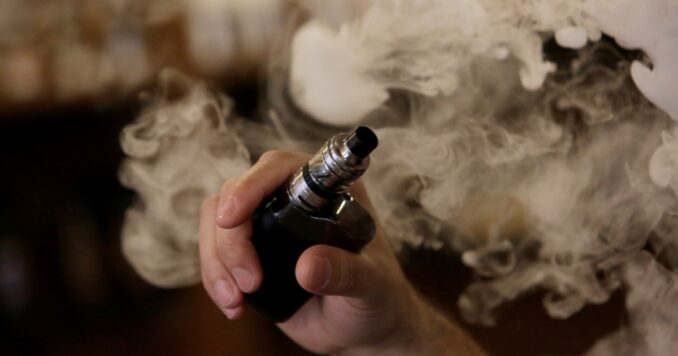With technology moving forward at a very fast pace, there’s a constant battle against a wide range of societal challenges. Among them, the increasing incidence of nicotine addiction in youth, primarily due to vaping, is alarming.
Technology, however, is leading the counterattack as well. It has always been a double-edged sword and the best counter to the problems of its own creation. Devices like the vape detector are at the forefront of this fight, providing schools and parents with innovative tools to combat this rampant issue.
The Problem: The Rise of Youth Vaping

Source: brookings.edu
Before delving into the technology, let’s first understand the issue. The Centers for Disease Control (CDC) noted back in 2020 that one in five high school students used e-cigarettes or vapes, marking a staggering rise from previous years. This increase is particularly worrisome as studies show that nicotine addiction in adolescence can have detrimental effects on cognitive development and mental health.
The Solution: Vape Detectors
In response to this growing concern, technology has birthed a powerful tool in the form of vape detectors. These devices, often installed in school bathrooms or other private areas where children might vape undetected, can identify the chemicals found in vape smoke, including volatile organic compounds (VOCs) and particulate matter.
How Do They Work?
When someone exhales vape smoke, they release a cloud of aerosol particles containing various chemicals. The vape detectors, equipped with cutting-edge sensors, can identify these chemicals and send real-time alerts to school administrators or security personnel.
The detectors use advanced machine learning algorithms to differentiate vape smoke from other aerosols, like deodorants or air fresheners, reducing false alerts and enhancing their effectiveness. They are also often tamper-proof, making them resilient to vandalism attempts.
The Impact They Have

Source: healthline.com
The introduction of vape detectors in schools has yielded promising results. Schools implementing these devices have reported significant decreases in vaping incidents, fostering a healthier and safer learning environment.
What’s more, these detectors provide an opportunity for educational intervention. When a student is caught vaping, it opens a dialogue between the student, parents, and school officials about the dangers of vaping and nicotine addiction.
Protecting Privacy

Source: bbc.co.uk
While detectors hold enormous potential, their use also raises questions about privacy. However, most of them only identify the presence of vape smoke, not individual users. Therefore, these devices are designed to protect the welfare of students while respecting their privacy.
The Future
As these useful devices continue to evolve, become better, and more nuanced, they are expected to become more sophisticated. For instance, future detectors might be able to identify specific chemicals associated with different types of drugs, further enhancing their capacity to safeguard our youth.
Summary

Source: elle.com
Vaping among youth has risen to epidemic levels. Yet, in this age of digital transformation, technology continues to provide solutions. Vape detectors are just one example of how innovation can help address this issue, serving as a beacon of hope in the battle against nicotine addiction. By integrating such devices into our educational institutions, we can take a significant step towards safeguarding the health and well-being of our youth.





